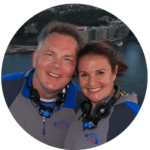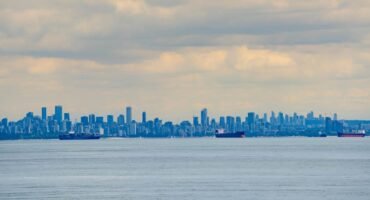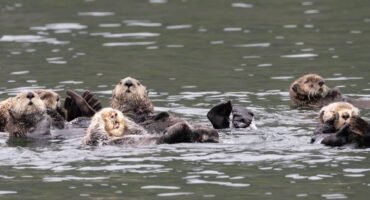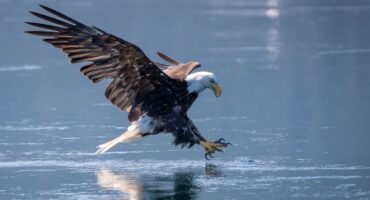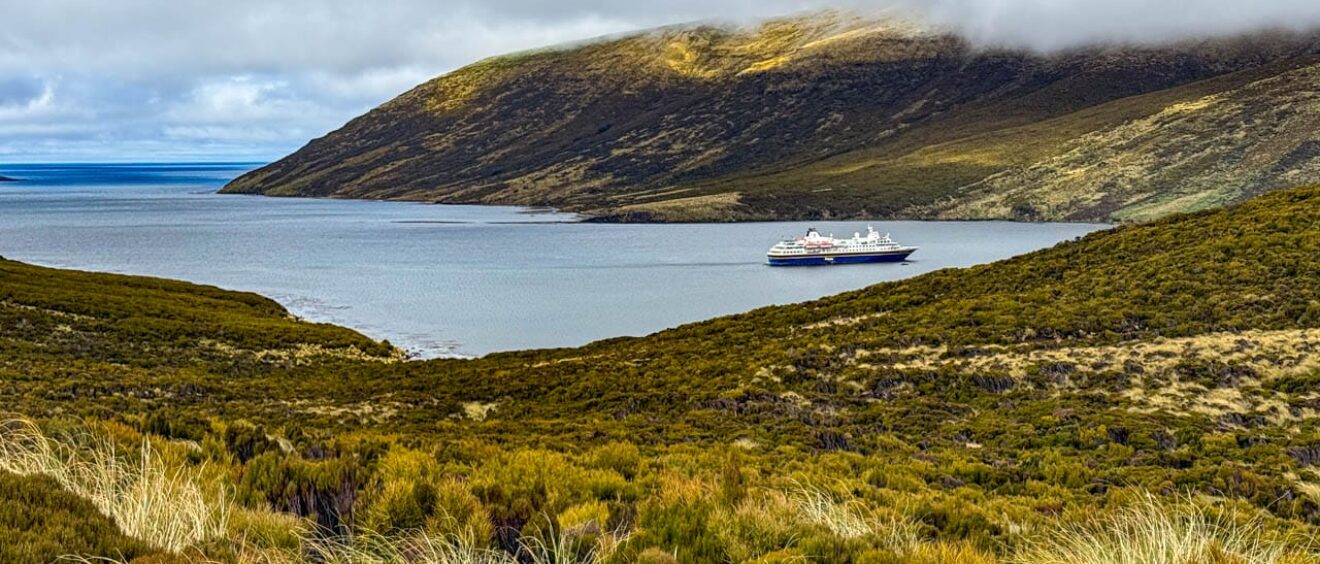
Christmas at Sea and the Wonders of Campbell Island
- Rediscovering New Zealand: An Expedition to the Subantarctic and South Island Adventures
- Our Adventure Begins in Queenstown
- A Day Trip to The Remarkables and Glenorchy
- Te Anu and Milford Sound
- An Overnight Cruise in Doubtful Sound with Fiordland Expeditions
- Our "Galapagos of the Southern Ocean" Expedition Officially Begins
- Embarkation Day: Setting Sail for New Zealand's Subantarctic Islands
- Navigating Rough Seas at the Snares
- A Day in the Auckland Islands
- Discovering Macquarie Island
- A Glorious Day at Sandy Bay
- Christmas at Sea and the Wonders of Campbell Island
- Exploring Enderby Island
- A Surprise Second Shot at the Snares
- From Disembarkation to Dunedin
- A Heli-hike on the Tasman Glacier in Aoraki/Mt. Cook
- Lake Tekapo Weather Woes
- Chasing Dusky Dolphins in Kaikoura
- Hiking the Abel Tasman Coast Track (well, part of it)
After a day at sea indulging in holiday cheer, we arrived at Perseverance Harbour on Campbell Island, greeted by the sights of numerous seals swimming around the ship.
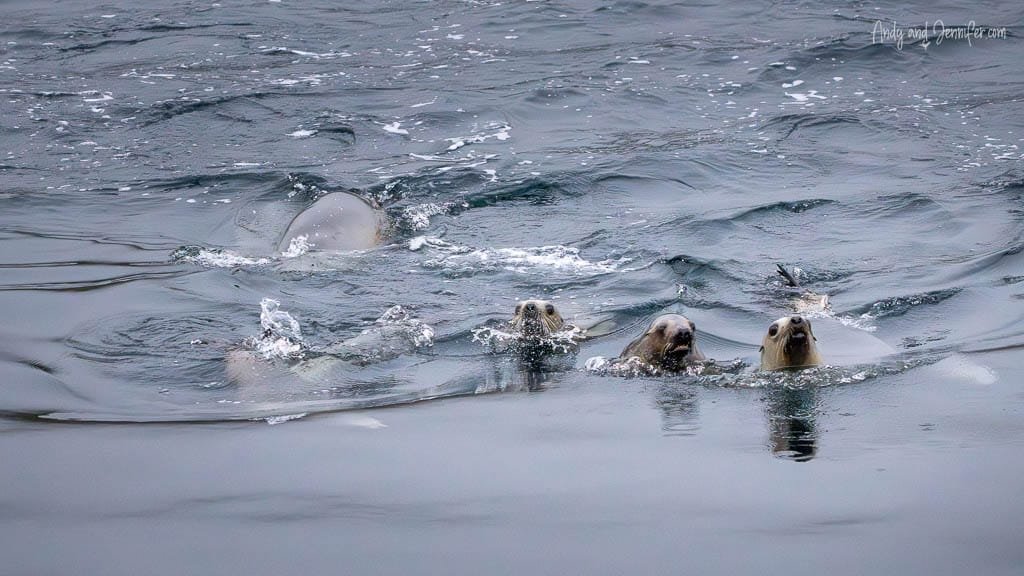
Our excursion options were diverse, each offering unique experiences:
-
Northwest Bay Walk: An all-day, demanding 12km trek with a double crossing of a 220m high ridge. This walk focused on mega herbs and departed at 7 AM with a packed lunch and, notably, a ‘poo bag.’
-
Mount Honey Walk: A 7km hike with 600m elevation gain offering views of mega herbs and wildlife including the royal albatross and snipe, also requiring a packed lunch and poo bag.
-
Zodiac Cruise and Col Lyall Boardwalk: This less demanding option promised close encounters with New Zealand sea lions, teals, terns, petrels, southern royal albatross, and yellow-eyed penguins.

Opting for wildlife sightings over lengthy hikes with poo bags, we chose the morning Zodiac cruise and the afternoon boardwalk.
The highlight of the zodiac cruise was a lively sea lion colony bustling with playful pups. They were high on a hillside covered in tussock, and there was a creche of pups covered in mud along the shoreline.




We also saw flightless teal and arctic terns, but the highlight (for the birders) was spotting a red knot. This little grey bird migrates to New Zealand from Siberia and is apparently quite rare for Campbell Island.

The afternoon’s boardwalk hike was a dry landing, meaning we could wear hiking shoes instead of our muckboots. The muckboots are heavy and hiking shoes give much better support so this was great news. The clouds had lifted giving way to perfect hiking weather and we were welcomed to the landing site by several New Zealand Sea Lions. One even led us up the first part of the boardwalk. Sea lions can walk on land because they have flexible rear flippers that can rotate forward, allowing them to move all four flippers under their bodies to walk or even run – and they are surprisingly quick.


It was slow going at first because we kept getting distracted by small birds and megafauna.









Our destination was a Southern Royal Albatross colony. The majority of the 7km hike was on 18-inch slatted boardwalk with outstanding views of the surrounding landscapes. We were thankful we’d dressed in layers because it got warm when we were out of the wind.






I was expecting a colony like the Falklands but this was entirely different. The birds nested far from each other rather than clustered together in a group.

The wind had picked back up, providing perfect soaring conditions.


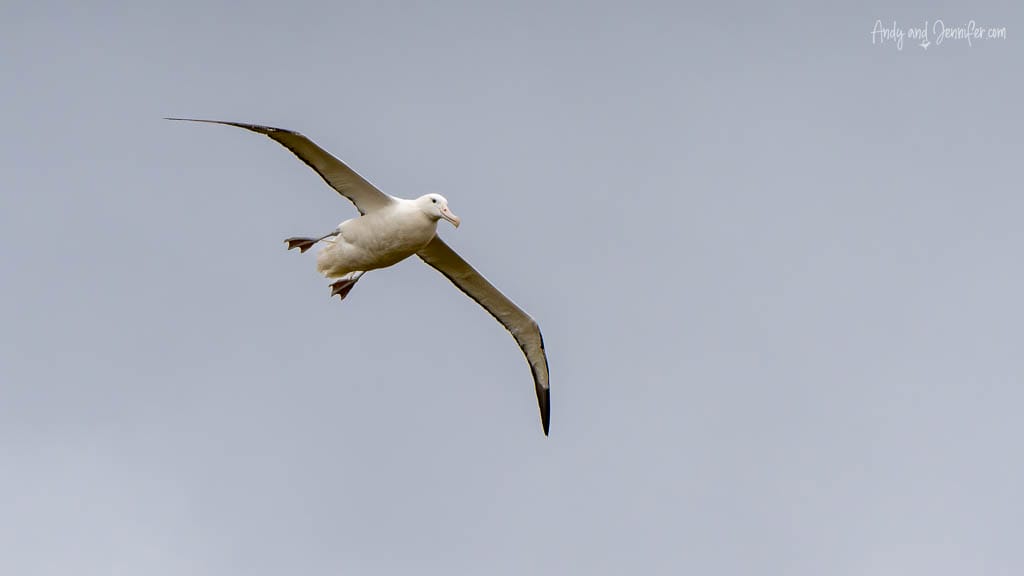
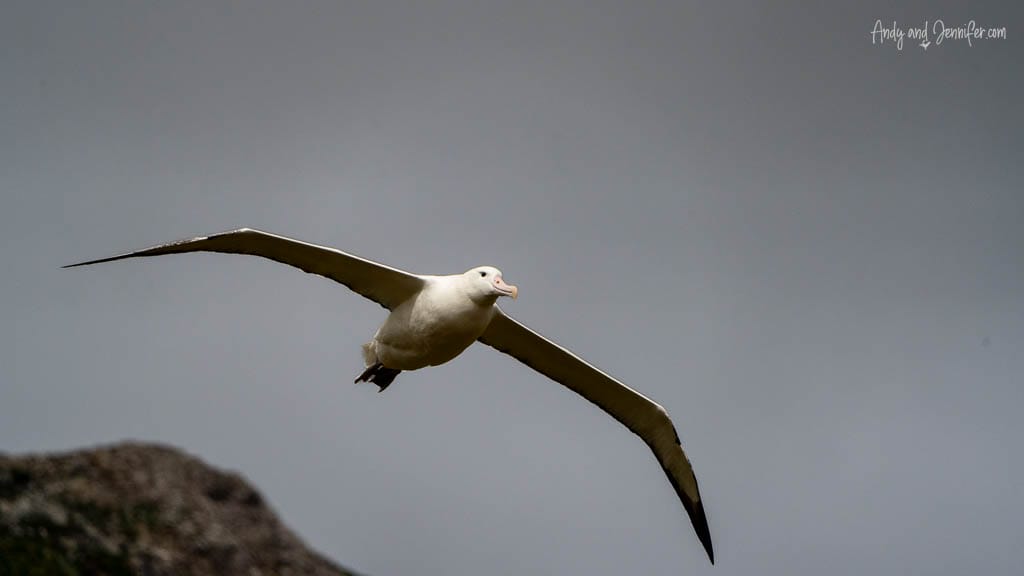

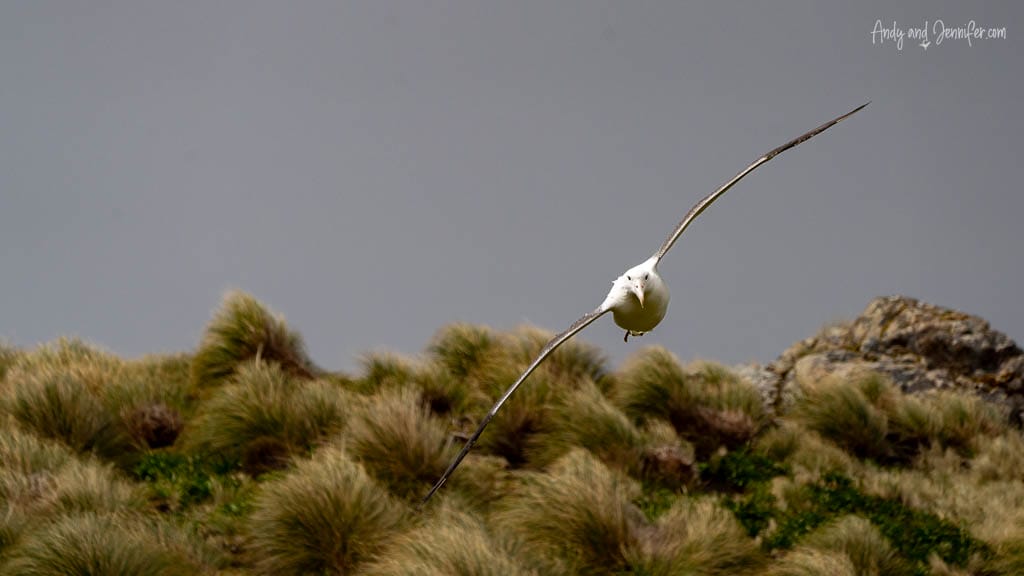
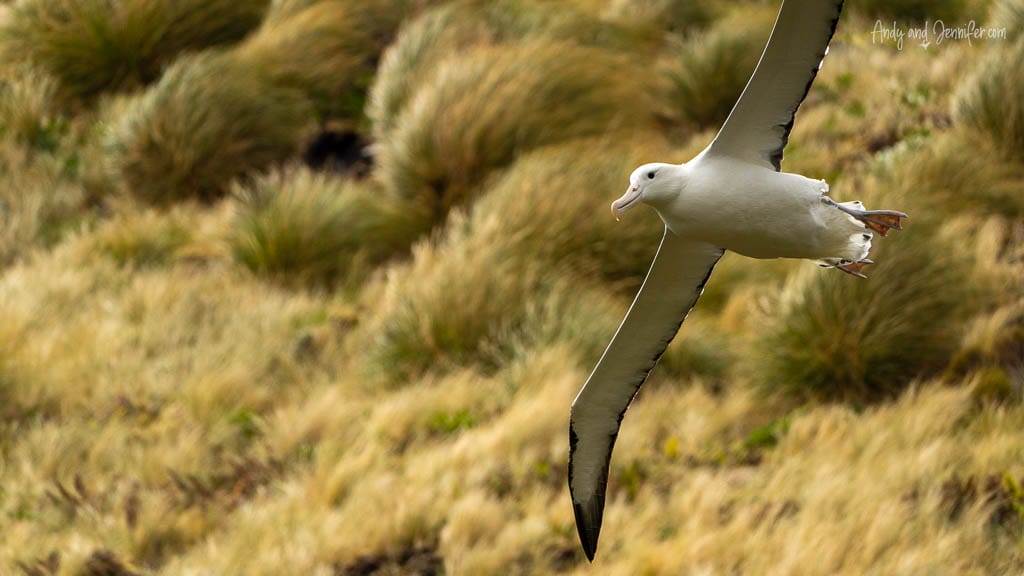
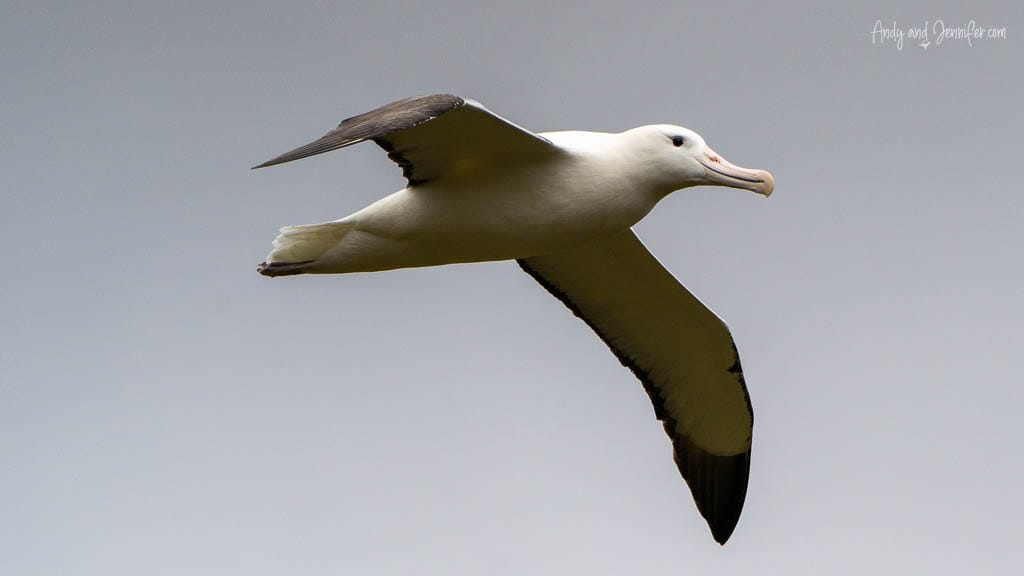
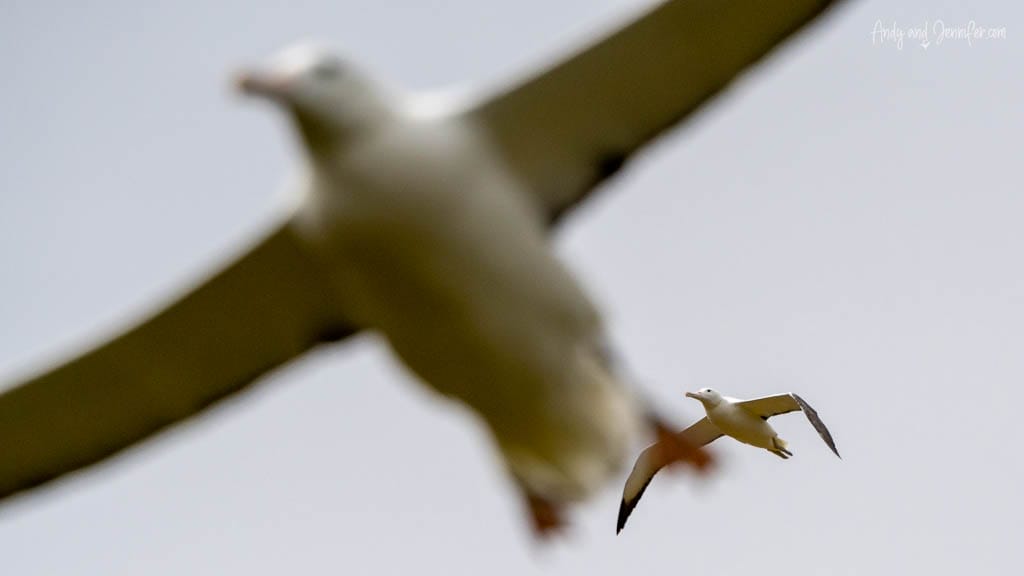


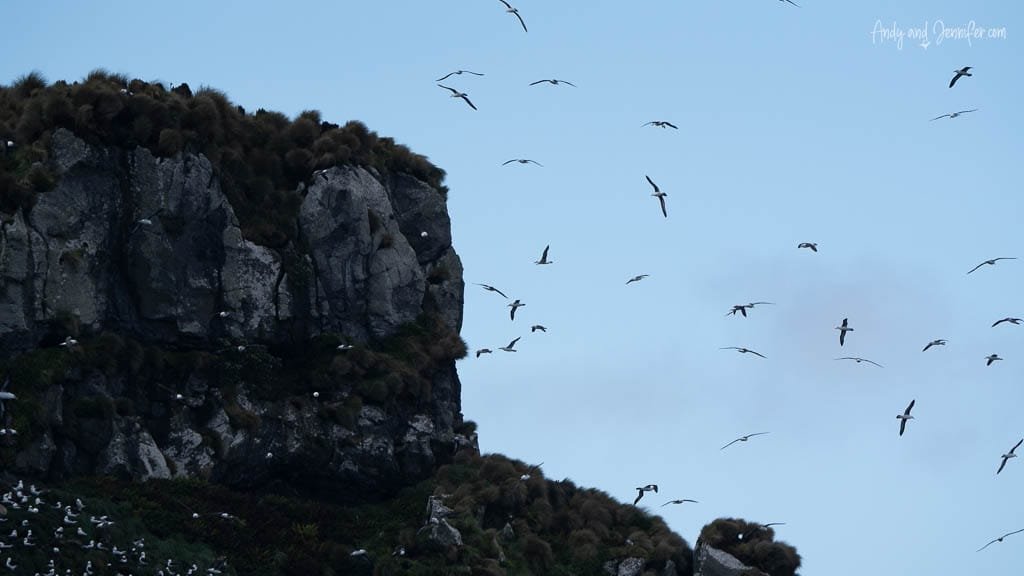
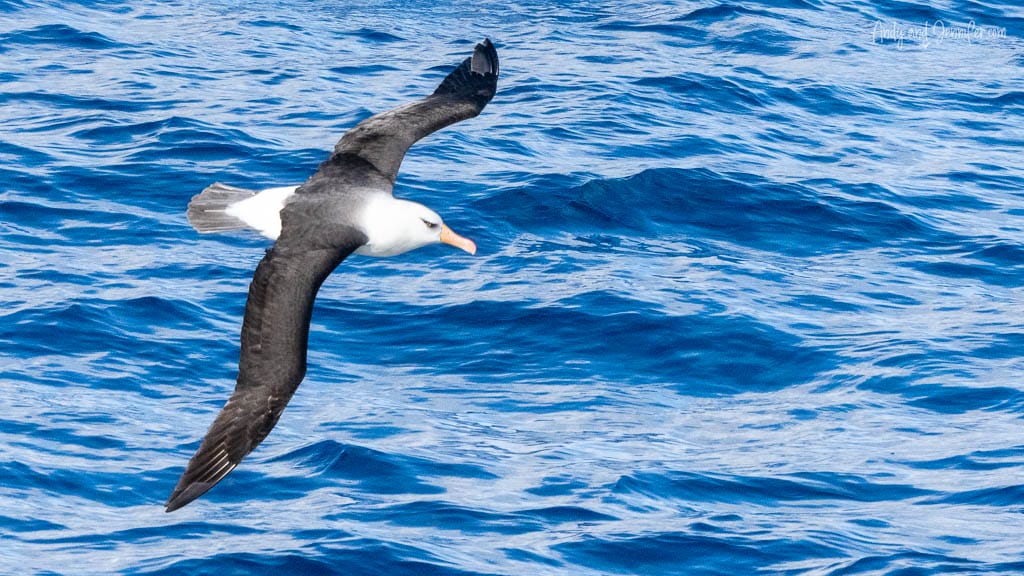
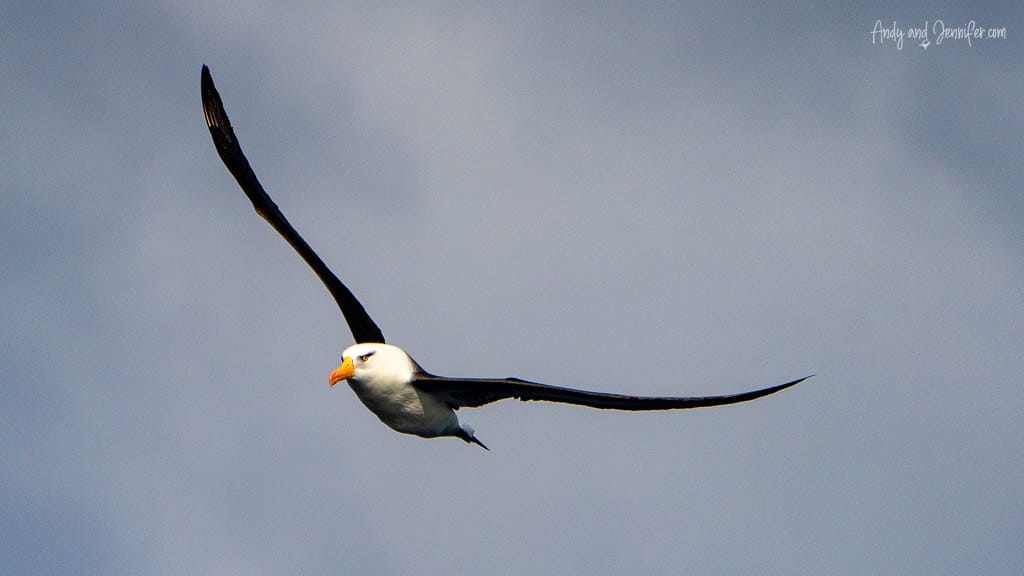
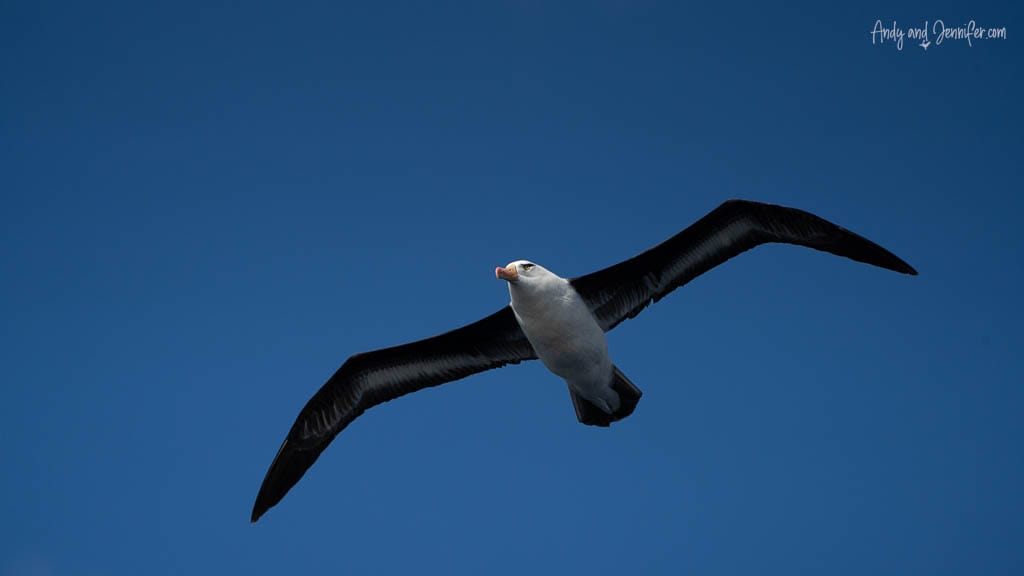
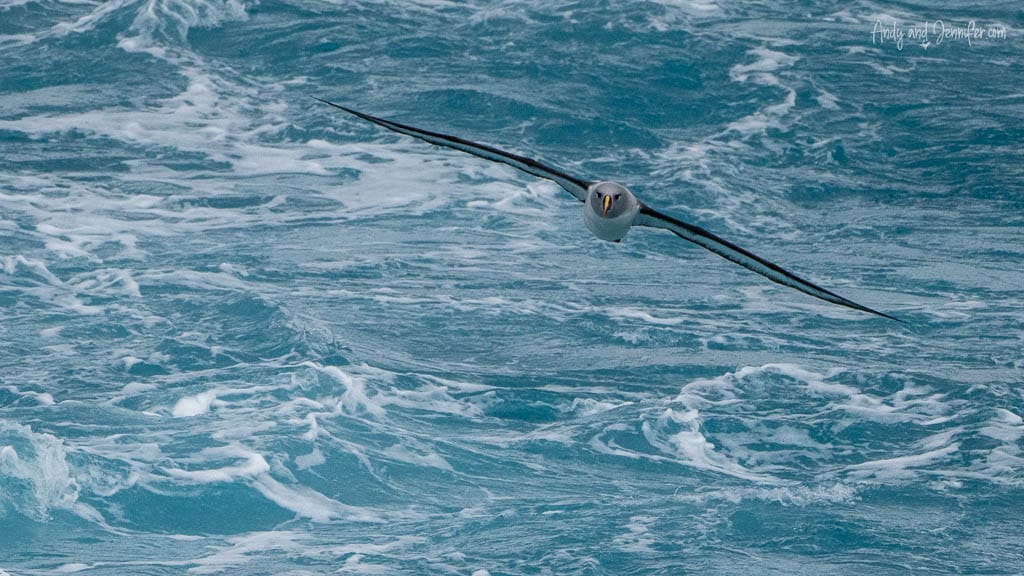

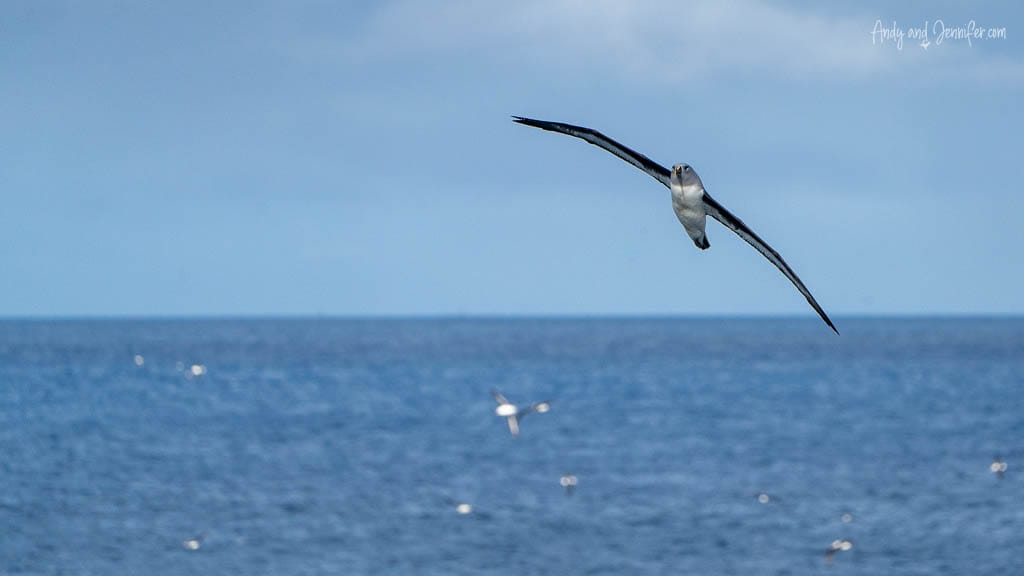
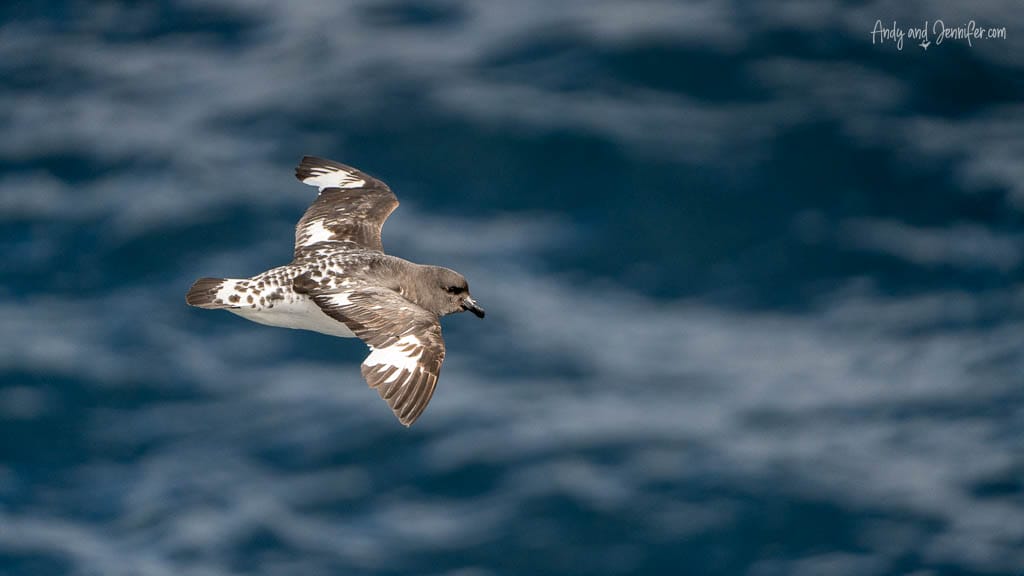
We’re Andy and Jennifer—two former corporate executives who chose long ago to prioritise experiences over stuff while pursuing our passions for travel and photography. From the Arctic to Antarctica, and most places in between, we’ve captured the world through our lenses and love sharing those stories. Our careers gave us the means, but our purpose is inspiring others to explore and helping people create images they’re proud of.














